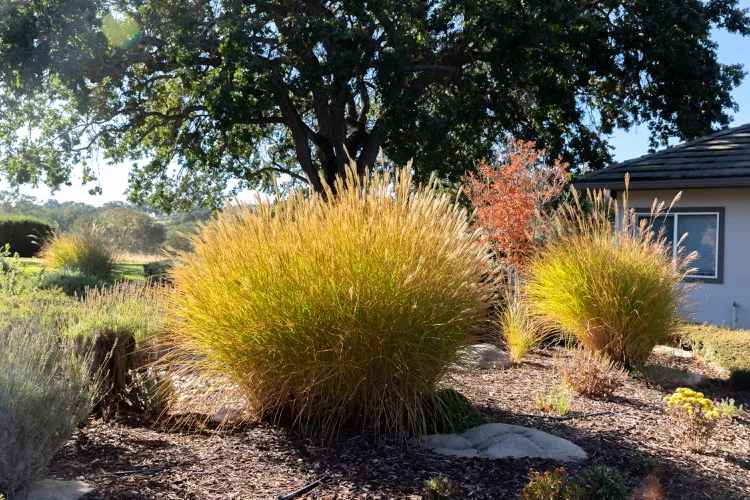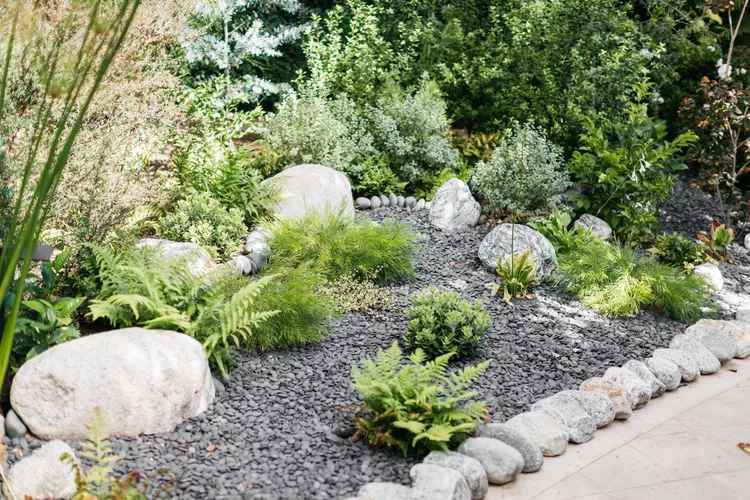It’s not as easy as you think to determine the ideal time for planting trees. Plan the planting so that there will be a period with moderate weather, which will allow the tree to establish itself. The chances of a tree’s survival are high if you do the transplant correctly and the weather cooperates. How perfect must everything be? There is often room for error depending on the type of tree that you are planting. Let’s examine these factors in more detail.
When to plant trees according to their type
It’s normal for deciduous tree leaves to fall off. This occurs in the fall. Not all deciduous tree species lose their leaves in the fall. Oak trees (Quercus species) Oak trees (Quercus spp.) For example, maple trees (Acer spp.) keep their leaves longer into autumn than other species.
The leaves of deciduous tree fall in the autumn. This is an indication of a dormant state. The buds that appear in the spring are the first sign that the trees have come out of their dormancy. The best time to plant deciduous tree is between these dates (except when the ground freezes), when they are dormant.
Evergreen trees grow slower in winter than in other seasons. However, they do not go into dormancy like deciduous plants. They don’t give any clear indications that you can plant them. Evergreens are generally tougher than deciduous plants. Due to their toughness, they have a wider planting window. Planting them in the fall is easier than planting deciduous trees in spring.
Planting in Spring vs. Fall, Cold vs. Warm Climates
Planting in the fall or spring has its pros and cons.
Fall planting has the advantage that your tree is less likely to be stressed by high temperatures in the future. This is more likely to happen with spring planting.
The downside of planting in the fall is that if the winter arrives early, the soil may freeze before the trees are established. If the ground freezes over, the water will not be available for the roots.
A second con to fall planting is the fact that it’s much easier to forget to hydrate in fall. You’re more likely to water your garden in spring because you are more engaged.
Which is more dangerous, sudden cold blasts or sudden heat waves? It depends where you live. In the North, you should be more concerned about cold, so spring planting is generally the best. Southerners may want to plant in the fall instead, as heat is their biggest enemy.
Planting B&B and Container-Grown Trees vs. Bare Root Trees
When you consider what you are planting, the answer is clearer.
If you want to grow a certain kind of tree, either order it online or buy it at a nursery. You can choose between a container-grown plant (in a pot made from plastic) or a B&B (balled and burlapped) plant. It may seem cheaper to grow a tree by seed, but most people don’t have the patience to wait for it to grow large enough to make an impact. The most expensive options are container-grown trees or trees that have been balled and burlapped. A compromise is a bare-root tree.
What are Bare-Root Plants (Bare-Root Plants)?
All perennials, shrubs and trees are commonly sold as “bare-root plants”. This is because nurseries dig them up when they’re dormant, and store them without soil around their roots. The nursery will wrap them in plastic and box them up when customers order online.
Plants that are grown bare-root cost less than those in containers or plants that have been balled and burlapped because they require less labor and less materials. The consumer is still paying for these savings. When a bare root plant arrives, you must pay more attention to its care. You get a plant that has a root ball intact when you purchase a tree in a container. You will plant the entire rootball, including the dirt. The roots are not disturbed. The roots of a tree grown in a container have also been protected by hard plastic. The hard plastic has protected the tree from damage while it was in the nursery, no matter how many times it had been moved. You must, however, trust that the nursery staff has handled the roots of an bare-rooted tree with care.
Even if the bare-root trees have been treated with care, their roots must still be established in soil. Container-grown plants and specimens that have been balled and burlapped are ahead of the game in this respect. Hence, bare-root plants will be more susceptible.
The vulnerability of the tree will determine when to plant it (as opposed to container-grown trees or trees that are balled and burlapped).
Planting Bare Root Trees
There is less room for error with bare-root plants. One mistake can be fatal. Early spring is the best time to plant bare-root trees in the North because an early winter will almost certainly kill them if they are planted too late in autumn. In the South, reverse this logic: A spring planting too late would most likely be killed by an early summer. So opt for a fall plant.
Planting container-grown and balled-and-burlapped trees
With container-grown plants or those that are balled and burlapped, there is more room for errors. Although spring plantings are more likely to succeed than fall ones, or vice-versa, if you follow basic transplanting rules, the tree is likely to survive in either season.





